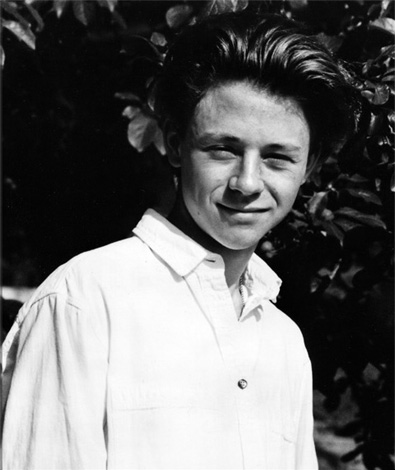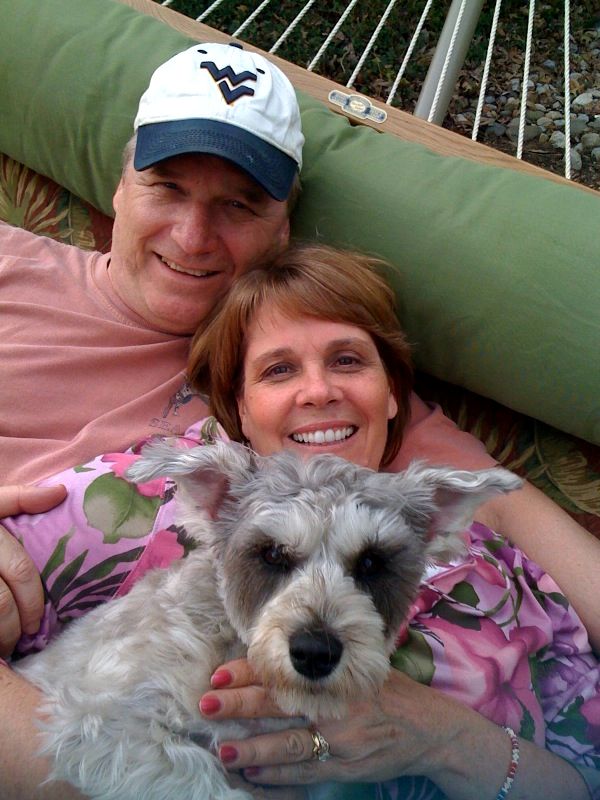
NAMI and Drug Makers’ $$$

NAMI Changed My Life

When I was a Washington Post reporter, I did not believe in joining groups or organizations. I needed to be independent in order to be objective. Then my son, Mike, got sick and the first thing I did after I finished writing my book, CRAZY: A Father’s Search Through America’s Mental Health Madness, was join the National Alliance on Mental Illness (NAMI.)
Why?
Hypocrites, Empress Hotel and Hammock Days!
Spring, Family, and an Interview

Helping Others Through Personal Tragedy

In 1995, a talented and much-loved 23 year old Californian named Jon Nadherny committed suicide. Jon was part of a blended family that included eight other siblings. His family contacted the Dominican Hospital Foundation in Santa Cruz and established a unique memorial to honor Jon. With help from the hospital, each year the family holds a one-day symposium at the Santa Cruz boardwalk that focuses on problems that young people face.
Obviously, suicide is an ongoing issue. In Santa Cruz, 190 young people ended their lives during a recent five year period. Nationally, two million young people between the ages of 15 to 24 attempt suicide.

Jon E. Nadherny
TWO MILLION! Of those, 700,000 require medical attention. More than 4,0000 succeed. Suicide is of special concern to those of us who love someone with a mental disorder because 90 percent of young suicide victims have at least one major psychiatric disorder.
This year’s Jon E. Nadherny symposium in Santa Cruz focused on mental illness and I was invited to speak along with three other advocates. One of my friends and mentors, Frederick J. Frese, PhD., began the morning symposium and kept the sold-out crowd of 450 persons spell-bound for two hours. That’s right, he spoke for two solid hours and was so enthralling that no one left the room and everyone leaped to their feet in a rousing standing ovation when he ended.
Making a Difference: CRISISLINK benefit
It’s not uncommon for parents to approach me after I give a speech and tell me that their son or daughter has attempted suicide or successfully ended their own life. These are always heartbreaking moments and I am always at a loss for the right words.
What do you tell a parent when their child has committed suicide?
One of the most poignant encounters I have had was with two emotionally distraught parents who approached me after a speech in Philadelphia. The couple explained that their son had ended his life and then they told me that they were both psychiatrists. “Even we didn’t know how to save him,” the father said.
Suicide is something that terrifies all of us who have a loved one with a severe mental illness.
Which is why I was both thrilled and honored when I was invited to participate in CrisisLink’s annual fund-raising banquet March 24, 2010 between 6:30 p.m. to 10 p.m. at The Clarendon Ballroom, 3185 Wilson Blvd., in Arlington, VA.



